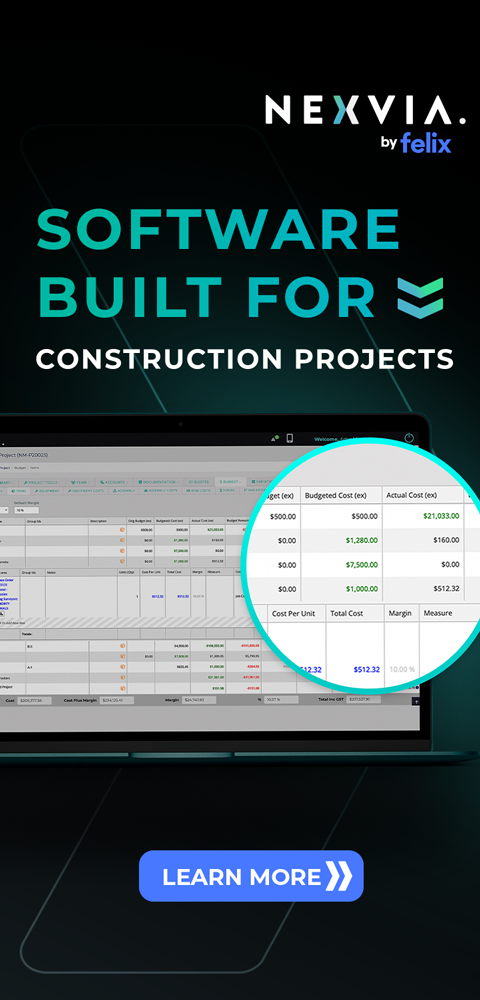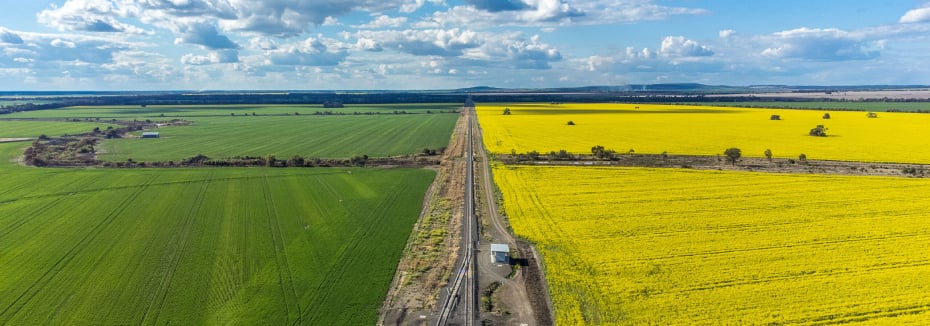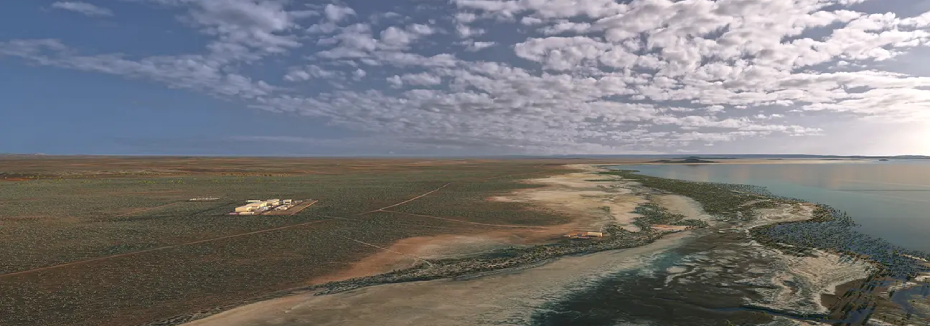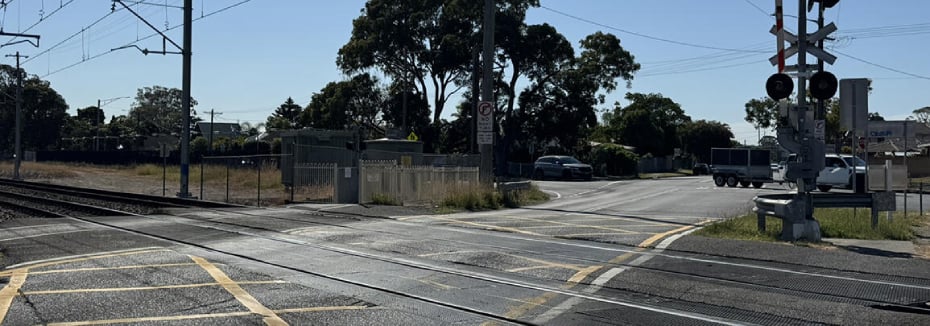There's a renewed push for Australia to act now on a high-speed rail system that will transport people from Melbourne to Brisbane faster than air travel - and the "stars are aligning" according to Torkel Patterson, vice-chairman of the International High Speed Rail Association. Speaking before the House of Representatives standing committee on infrastructure, transport and cities, Torkel confirmed "Australia's flirted with [a high speed rail] for a long time, I think this is the time to make a decsision." High speed rail networks already operate in countries like Japan, China, Russie, France, Spain, Poland and are currently under construction in the US - while the idea for Australia's own fast train has meandered for years.
A proposal exists to build a high-speed rail system that would connect Brisbane, Sydney, Canberra and Melbourne across a dedicated 1748km route. We took some of the best high speed rail systems in the world and figured out how quickly they could cover the popular Australian routes of the proposal.
At Chinese speeds, how fast could you get from Brisbane to Sydney?
China's CRH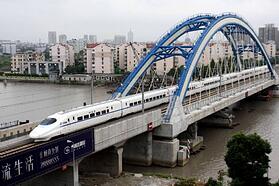
- largest high speed rail network in the world (over 16,000km of railroads)
- fastest trains can reach up to 350 km/h
- 5 hours 30 minutes from Beijing to Shanghai at 300 km/h
- 672 million passengers in 2013
Brisbane to Sydney (approx 920km by road) at 350km/h: 2 hours, 27 minutes
At Japanese speeds, how fast could you get from Sydney to Canberra?
Japan's Shinkansen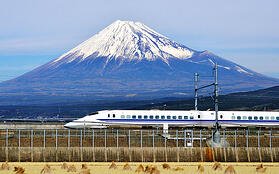
- first high-speed rail network (opened in 1964)
- 324 trains operate daily, connecting Japan's three largest metro areas (Tokyo, Nagoya and Osaka)
- fastest trains can reach up to 285km/h
- 2 hours 22 minutes from Tokyo to Osaka
- 424,000 passengers per day
- 155 million passengers each year
Sydney to Canberra (approx 287km by road) at 285km/h: 1 hour
At Europe's speeds, how fast could you get from Canberra to Melbourne?
Europe's Eurail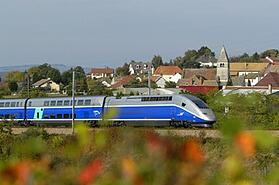
- extensive rail network connecting 28 countries
- fastest trains can reach up to 310 km/h
- 2 hours 16 minutes from Paris to London at 300 km/h
- 451,000 passengers in 2013
Canberra to Melbourne (approx 660km by road) at 310 km/h: 2 hours, 7 minutes
What's actually on the table for Australia's high speed rail ?
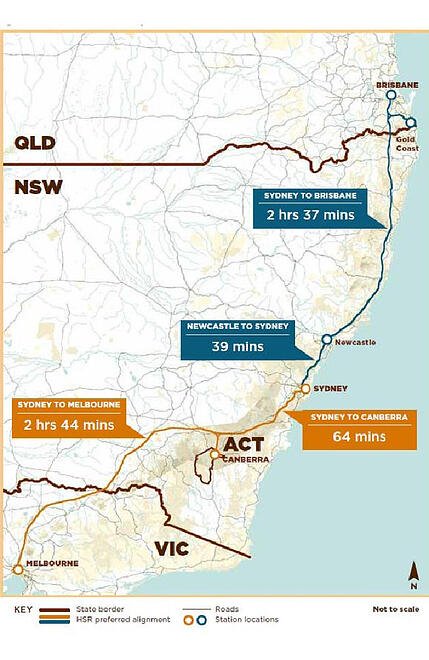 The express services and all-stop services proposed for major cities plus 12 regional stations include: the Gold Coast, Casino, Grafton, Coffs Harbour, Port Macquarie, Taree, Newcastle, the Central Coast, the Southern Highlands, Wagga Wagga, Albury-Wodonga and Shepparton.
The express services and all-stop services proposed for major cities plus 12 regional stations include: the Gold Coast, Casino, Grafton, Coffs Harbour, Port Macquarie, Taree, Newcastle, the Central Coast, the Southern Highlands, Wagga Wagga, Albury-Wodonga and Shepparton.
While obvious benefits include moving people quicker, easier and fewer emissions than cars/air travel, it's also been reported to help unlock regional areas, reduce pressure on capital cities, enhance economic and tourism opportunities.
- fastest trains would reach 250km/h
- 2 hours 37 minutes from Sydney to Brisbane
- 2 hours 44 minutes from Sydney to Melbourne
Labor spokesman for infrastructure and transport and fast train advocate Anthony Albanese will reintroduce a private member’s bill to parliament tomorrow calling for a national authority to oversee plans towards making high-speed rail a reality.
According to Labor, construction could start in 2027, with the first stage — a Sydney to Melbourne line — completed by 2040. The whole network would be passenger-ready by 2065.
Mr Albanese reported strong international interest in any future Australian project, claiming “I have met with Japanese, Chinese, French, Italian and Spanish companies who are engaged with this process and would want to participate in an Australian high-speed rail network. Japan has had a high-speed rail office in Sydney for decades — Japan is interested in particular.”
What's next?
Dr Bygrave from Beyond Zero Emissions said re-establishing a high-speed rail advisory group was key, as it would untangle discussion and planning from political party rooms.
He said the next steps were to preserve the chosen rail corridor by securing the support of relevant state and territory governments, determine the funding model — public, private or both — and then integrating the rail link into Australia’s existing transport networks.
Dr Bygrave described high-speed rail as Australia’s next “nation-building project”, comparable to the Snowy Mountains Scheme.
“The benefits will accrue and last over many generations and election cycles,” he said.
“We’re 50 years behind countries in Europe and Japan, and we can’t imagine a future in Australia without high-speed rail — I mean, we’re still driving up and down the Hume Highway.”
Population trends continue to drive huge infrastructure proposals and projects across the world. If you're dreaming of the job opportunities of a 1748km rail project, and wondering how facts like these can help support your business, check out our free guide on 4 tips to help increase your chances of winning hire work.
Image Sources: CRH, Shinkansen, Eurail and news.com.au.

Recent Articles
NSW Govt approves Inland Rail Narrabri to North Star Phase 2 project
Delivery of the second phase of Inland Rail in New South Wales will soon get underway as the State Government gives the green light to the Narrabri to North Star Phase 2 project.
New significant milestones reached on proposed Northern Water Project
Two significant milestones have been achieved on the proposed Northern Water desalination plant in South Australia.
Plans unveiled for major upgrade to NSW Rawson Rd level crossing
The New South Wales Government has unveiled plans for a major upgrade at Rawson Road and Railway Street in Woy Woy to make one of the Central Coast’s level crossings safer.
Get the latest project news
- updates on Australia's pipeline of state and federal projects
- fresh contract awards from major contractors and builders
If you're looking to contact us about other matters, please contact us.



